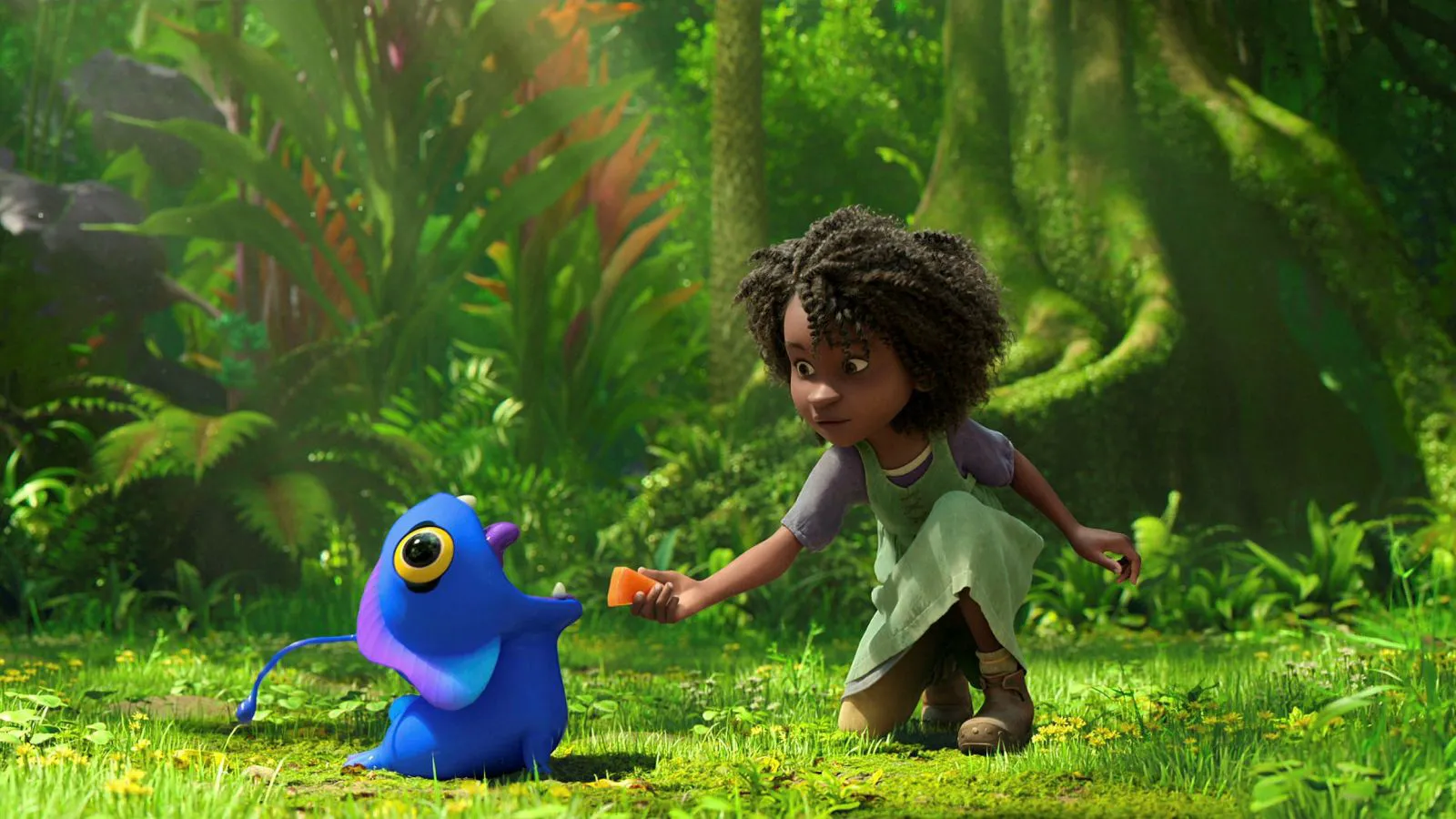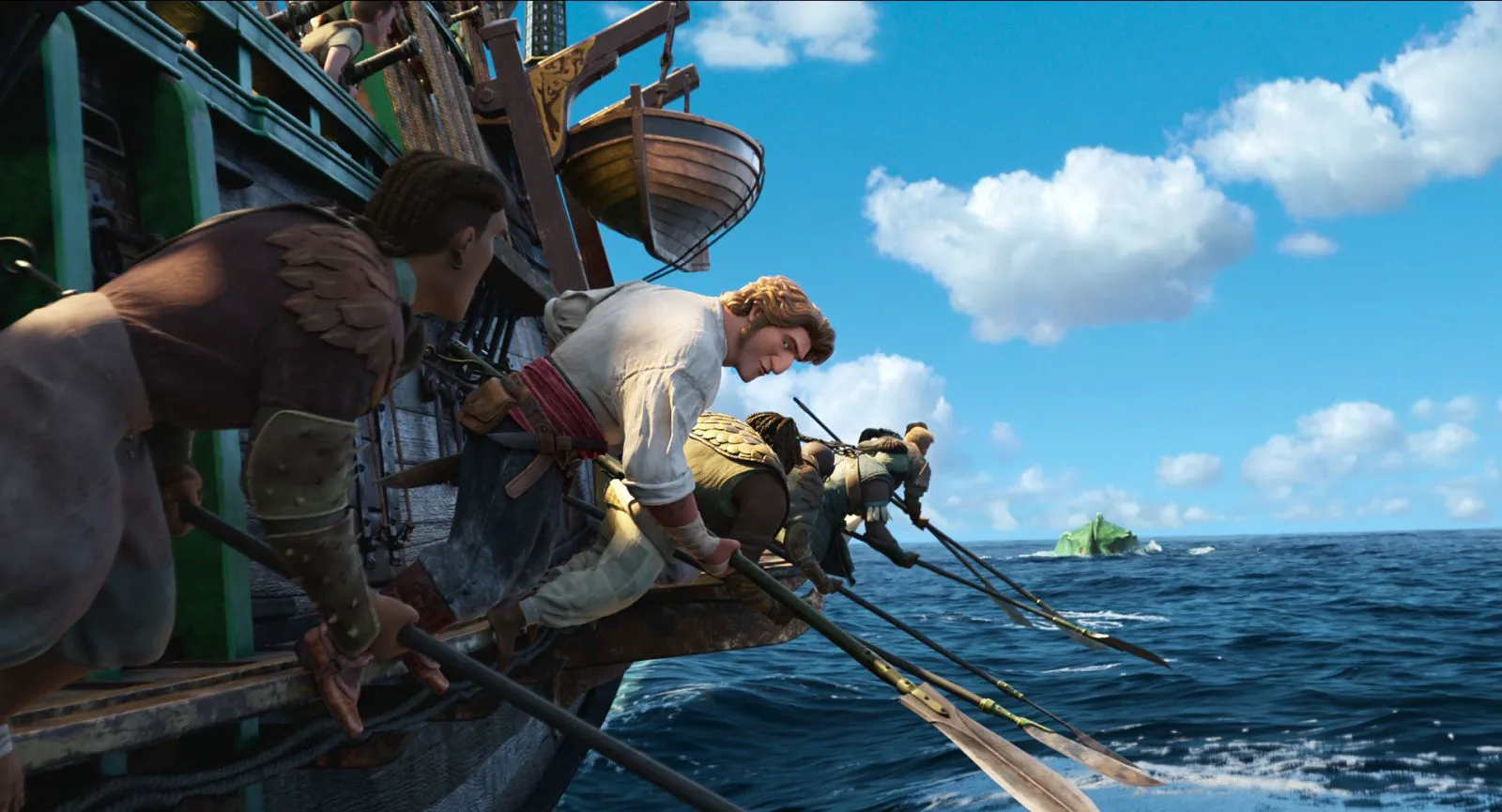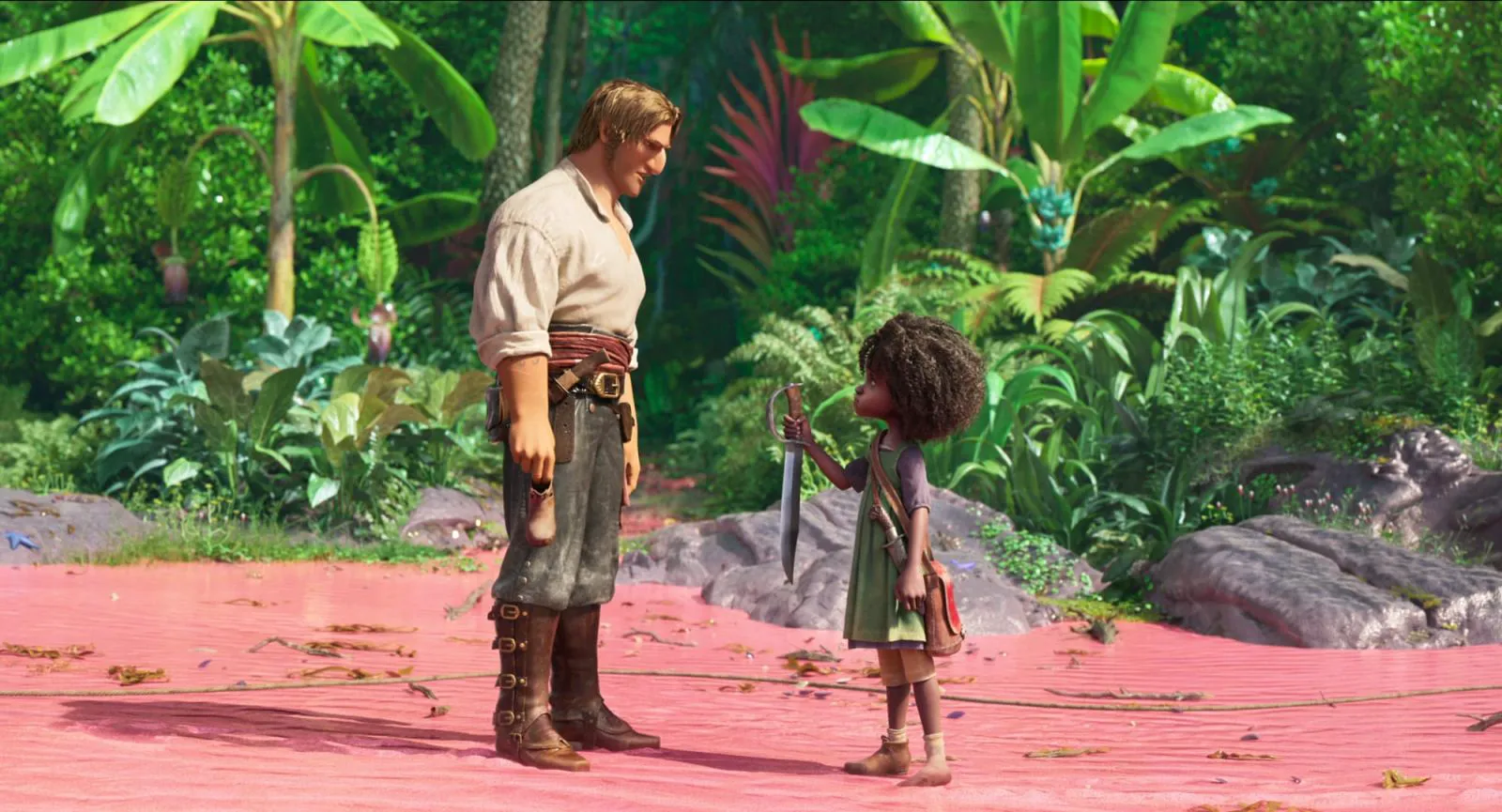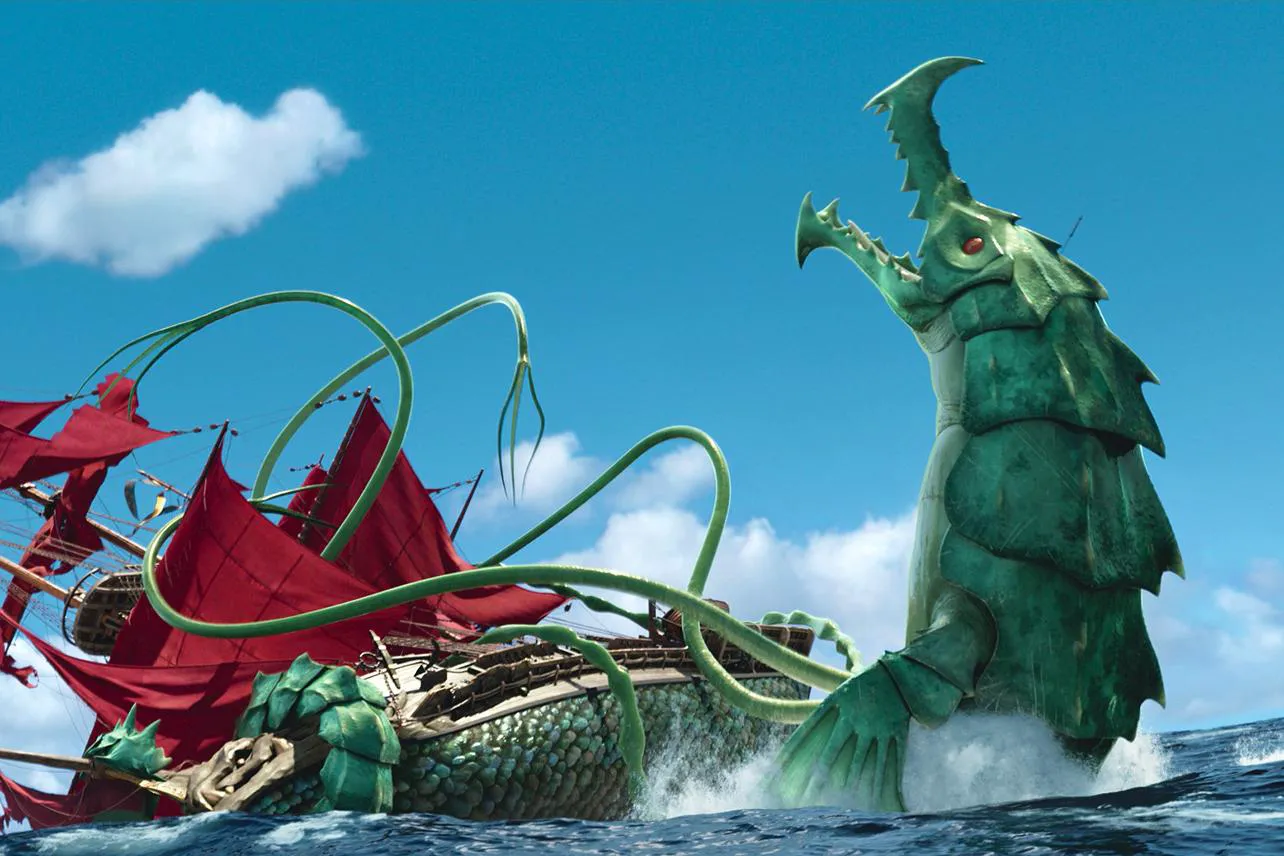The Sea Beast: A Tale of Pirates, Monsters, and Found Family
Maisie Brumble, an orphaned girl, grew up on legends of sea monsters. Her parents perished in a battle with these creatures, leaving a lifelong scar. Maisie’s greatest dream is to embark on a journey aboard a pirate ship with the famous Captain Crow. When that chance finally arrives, she discovers that the adult world is not quite as it’s depicted in children’s books.
“The Sea Beast” is one of Netflix’s most significant animated projects of the year. It’s not just another attempt to chase the coveted “Oscar” statuette but also a step towards creating its own animated franchise. The story centers around a centuries-old conflict between pirates and sea monsters, heavily inspired by the popular “How to Train Your Dragon” series. The similarity between the universes lies not only in the similar concepts but also in the central characters. It is up to a teenager to open the eyes of the older generation to the secrets of the surrounding world and help them understand that monsters are not as scary as they seem at first glance.

A scene from the animated film “The Sea Beast”
Netflix’s animated film is also the first solo project for the young but already established director Chris Williams (“Moana,” “Big Hero 6”). This unique quality control presented the author, who previously worked mainly in teams with masters of the genre, with new tasks: to create a unique animated world and a strong social statement capable of competing with Disney’s works at upcoming awards.
A Familiar Narrative Structure
“The Sea Beast” retains the main plot feature of Chris Williams’ previous work. The narrative perspective is again focused on a teenager whose dreams suddenly become reality. Maisie’s arrival on the pirate ship by deceiving the crew is just the beginning of the journey: the girl has to learn the secrets of the surrounding world and convey simple truths to adults who cannot deviate from conservative beliefs. The genre of the film has not changed either: we are once again presented with a fairy tale whose events are difficult to take seriously. If you are not ready to accept the fact that a young lady who has boarded a ship for the first time was able to change the ideas of avid pirates about the water world, then “The Sea Beast” threatens to become a disappointment.

A scene from the animated film “The Sea Beast”
Found Family and Generational Divides
For the orphaned child, the pirate ship becomes a real home, a place where the heroes of her favorite stories live. Here she meets another orphan - an adult man named Jacob, who has spent most of his life at sea. The presence of two characters who lost their relatives in early childhood helps the creators explore the differences in the optics of two generations. The heroes perceive events differently - the world, which seemed unambiguous and black and white to the girl in childhood, is filled with colors: the heroes of legends turn out to be ordinary people with their own inner demons.
Environmental Themes
The central theme of the new Netflix project is the problem of exterminating representatives of flora and fauna. Through the images of sea monsters, the authors convey to viewers the importance of preserving the ecology of our planet and the lives of its inhabitants. Criticism of hobbies tied to the extermination of animals is accompanied by a trip to hunting grounds: a cemetery on the seabed and a tropical island with rare animals that people want to colonize are illustrations of one of the most important problems today.

A scene from the animated film “The Sea Beast”
Challenging Ambition and Questioning Legacy
The destruction of the ocean’s fauna lies on the conscience of pirate gangs attacking monsters. On the ship where the girl disappeared, such an expedition is commanded by Captain Crow - a brave sailor who has devoted most of his life to chasing the biggest monster. The evolution of technology becomes an obstacle for the pirate: the kingdom hints to the brave robber that his time is over, because now monsters can be caught without human losses. Refusing to use obvious antagonists, the creators deliberately emphasize the image of Crow: human ambitions become an obstacle for his team. The captain, confident that the new generation will sooner or later replace the old men, faces the main choice in his life. Can a person give their all and never achieve what they want? Is it difficult to devote your life to one thing and get minimal returns? Many questions will remain unanswered, leaving holes in the board of dramaturgy.
The struggle between humans and sea monsters does not arise by chance - the reason is the unreliability of information: crown servants are constantly rewriting books about the adventures of pirates and distorting facts. Sea wolves, by inertia, are trying to exterminate monsters, because that’s what previous generations did, which in fact brings nothing but losses.

A scene from the animated film “The Sea Beast”
A Humanistic Core
“The Sea Beast” still did not do without a humanistic intonation and reasoning about the structure of the family. Jacob and Maisie, trying to adapt to a new reality for themselves, find a common language: orphans get closer on the basis of a false perception of the world of monsters by others. The loss of relatives in the past has become a common trauma - it is quite logical that they will have to prevent even more victims on both sides.
Predictable Tropes
The new Netflix project suffers from the same problem as the director’s previous work. The genre of the film implies the idealization of the central characters, regardless of their actions. This ultimately prevents us from perceiving “The Sea Beast” holistically: a series of social statements are replaced by plot conventions, necessarily leading to a happy ending.